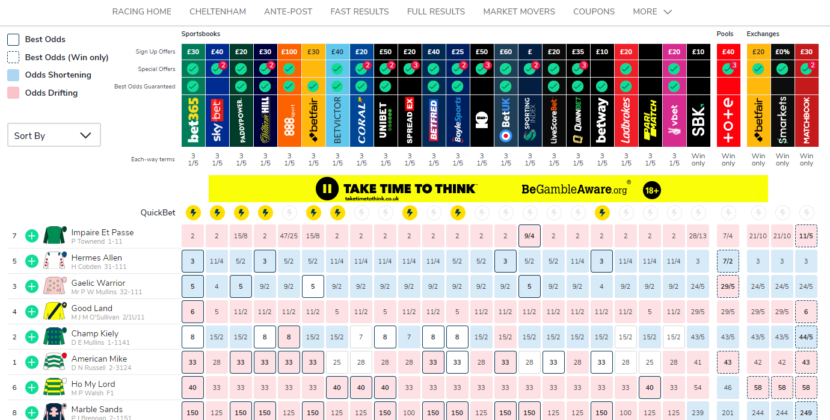
Beneath the varnish of flashing lights and free cocktails, casinos stand on a bedrock of mathematics, engineered to slowly bleed their patrons of cash. For years mathematically inclined minds have tried to turn the tables by harnessing their knowledge of probability and game theory to exploit weaknesses in a rigged system. An amusing example played out when the American Physical Society held a conference in Las Vegas in 1986, and a local newspaper reportedly ran the headline “Physicists in Town, Lowest Casino Take Ever.” The story goes that the physicists knew the optimal strategy to outwit any casino game: don’t play.
While it’s generally considered unlikely to beat casinos at their own games, a straightforward betting approach rooted in probability might, in theory, yield profits over time—albeit with significant caveats. Take, for instance, wagering on a color at a roulette wheel. The payout is even; if you bet $1 and win, you gain $1, but losing means losing your initial stake. Assuming a 50-50 chance of winning, the strategy involves starting with a $1 bet and doubling it each time you lose. For example, if you lose the first two bets ($1 and $2) but win on your third ($4), you recover your losses and gain $1. This pattern continues, allowing you to potentially increase your initial stake for larger profits. If you begin with $1,000 and double your bets accordingly, you stand to win significantly more.
You might argue that this strategy only profits if you eventually choose the correct color in roulette, despite claims of guaranteed returns. However, the likelihood of winning eventually approaches 100 percent over time. As the number of bets increases, the chance of losing every single one diminishes to nearly zero. This remains true even in situations where the house maintains a consistent advantage. Essentially, as long as there’s any probability of winning, you will eventually see success since the ball cannot land on the wrong color indefinitely.
So, should we all clear out our savings and head to Reno, Nevada? Unfortunately, that’s not the answer. The martingale betting system, which gained popularity in 18th-century Europe, entices gamblers with its simplicity and promise of easy profits, but it is inherently flawed. The infamous gambler Jacques Casanova once remarked in his memoirs that despite using the martingale strategy, he lost so much that he quickly found himself broke.
Consider this: if you have $7 and want to turn it into $8, you might think you can afford to lose your first three bets of $1, $2, and $4. However, the odds of losing three consecutive bets are only 12.5 percent. This means that in one out of eight attempts, you’ll lose all your money, while in the other seven, you’ll gain $1. Ultimately, these outcomes balance each other out, resulting in no profit.
This issue extends beyond just having $7. The martingale strategy relies on the idea of continually betting until you win. If you face consecutive losses, the plan suggests withdrawing more funds to bet a higher amount on the next round. While many gamblers may experience minor wins, there’s a significant risk of losing everything, as the betting amounts escalate quickly. Eventually, this can lead to financial ruin, especially if a player exhausts their funds before achieving a win. The risks far outweigh the potential for a small profit.










